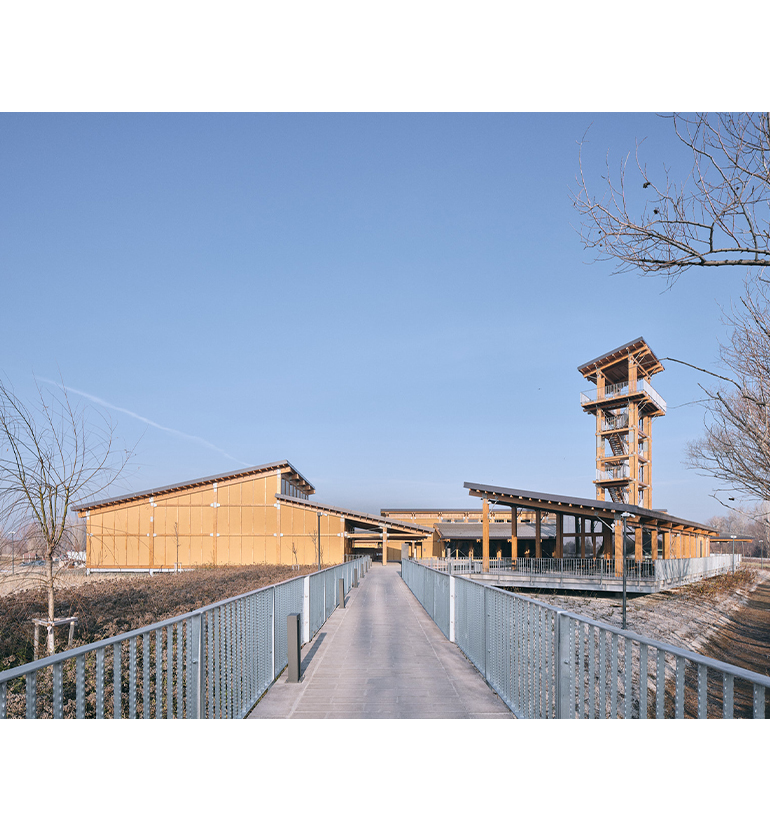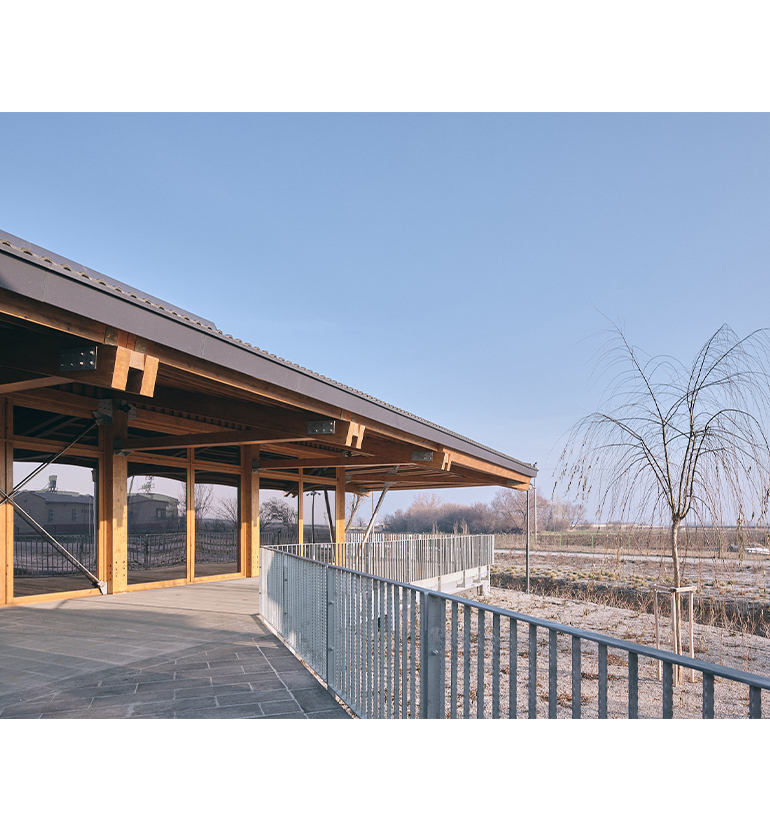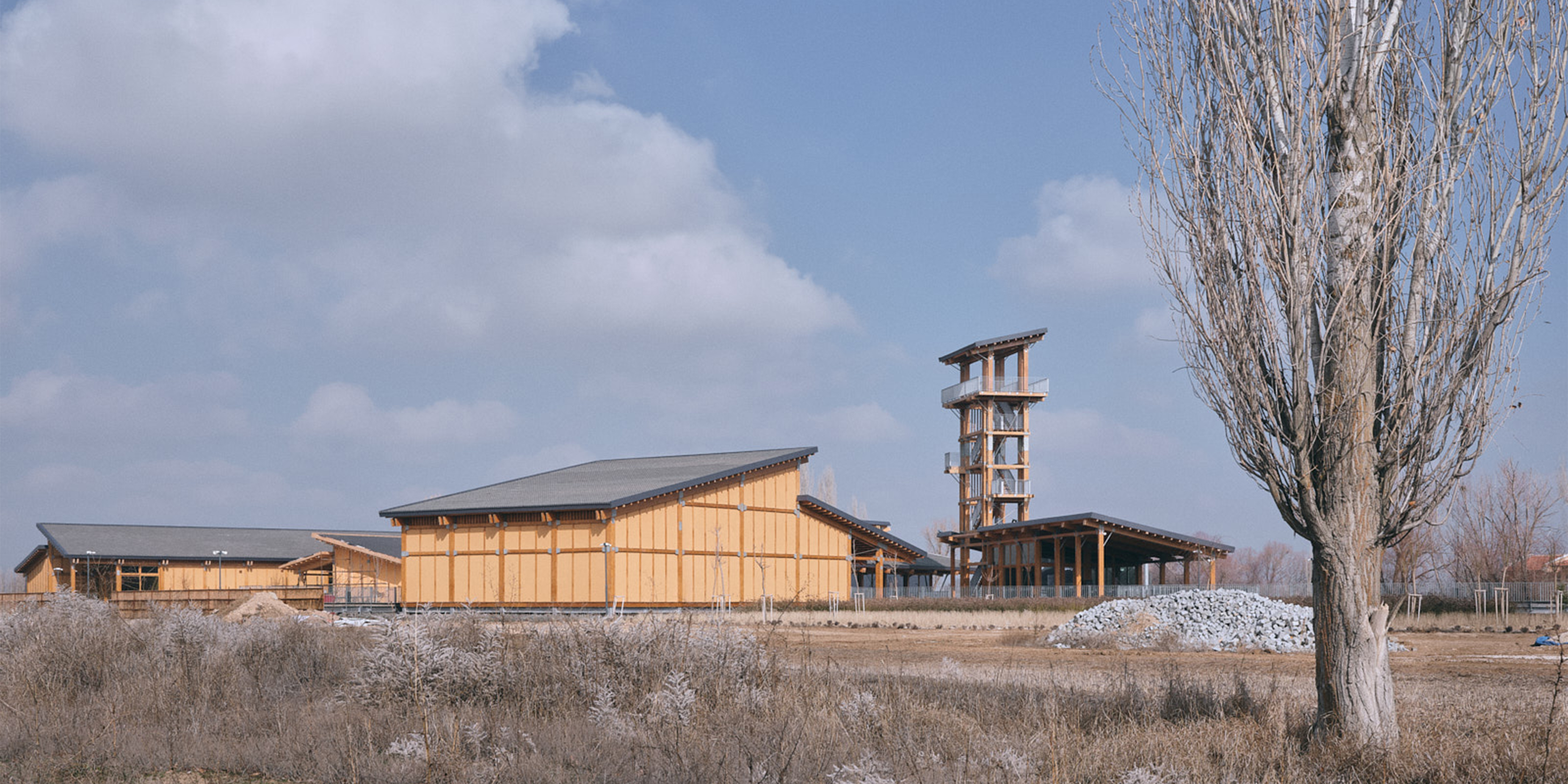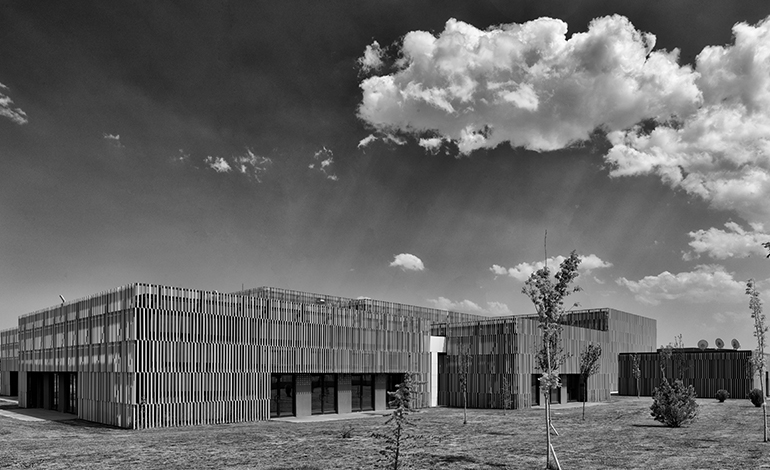Çatalhöyük Visitor Center
2023
Çatalhöyük Ziyaretçi Merkezi projesi, izleri milattan önce 8. yüzyıla dayanan ve bilinen en eski yerleşimlerden biri olan Çatalhöyük antik kentinin doğu ve batı höyüklerinin arasına yerleşiyor. Bugün Konya’ya bağlı Çumra ilçesinin 10 km doğusundaki alan, büyük bir halı gibi serilen tarlaların ve onları aralıklı olarak kesintiye uğratan irili ufaklı köylerin ortasında kalıyor.
Çatalhöyük Visitor Center is located between the eastern and western mounds of the ancient city of Çatalhöyük, one of the oldest known settlements, which dates back to the 8th century BC. Today, the area 10 km east of Çumra district of Konya is in the middle of fields laid out like a carpet and villages that intermittently interrupt them.
Location
Konya, TurkeyConstruction Area
3.250 m²Client
Konya Metropolitan Municipality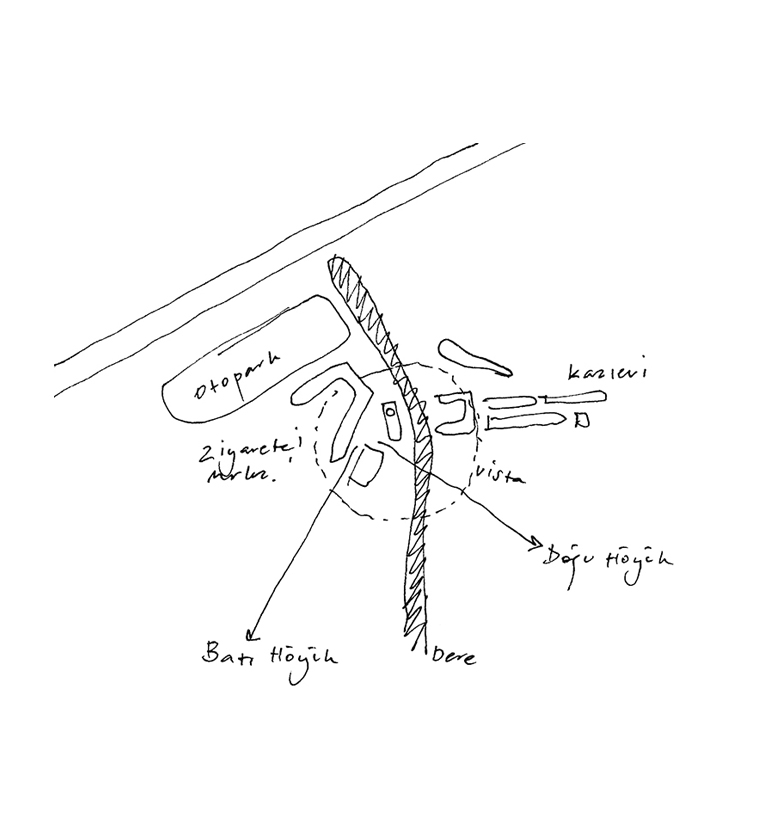
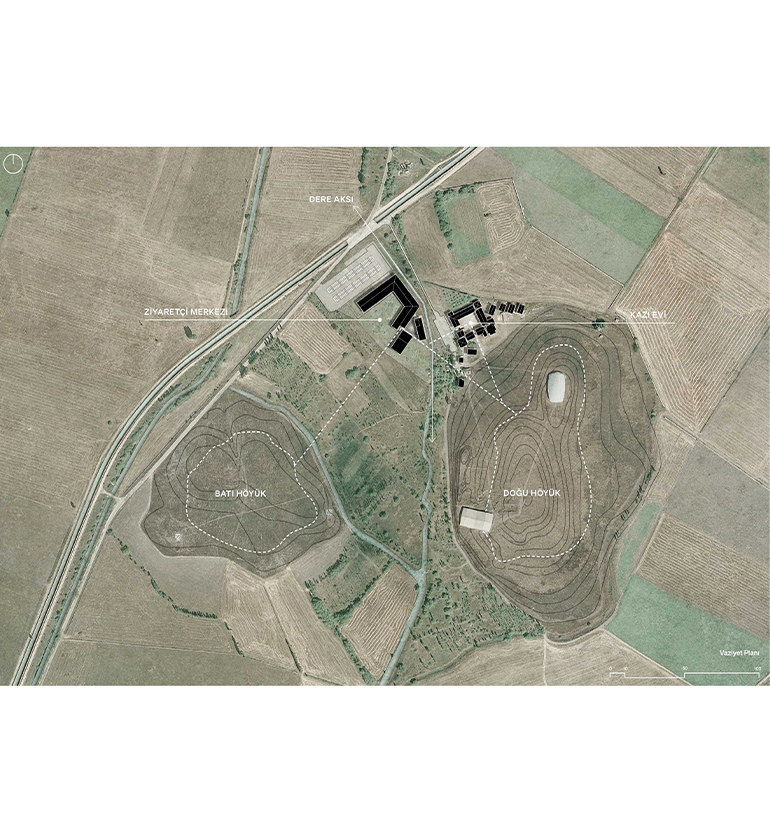
İlk olarak 1960’larda başlayan arkeolojik kazılar doğu höyüğü üzerinde olanca hızıyla devam ederken, buradaki çalışmalara 1980’lerden beri servis sağlayan ve bir grup binadan meydana gelen kazı evi, doğu höyüğünün düzleştiği noktada, geniş bir alan üzerine kurulu.
While the archaeological excavations, which first started in the 1960s, continue at full speed on the eastern mound, the excavation house, which has been providing service to the work here since the 1980s and consists of a group of buildings, is built on a large area at the point where the eastern mound flattens.
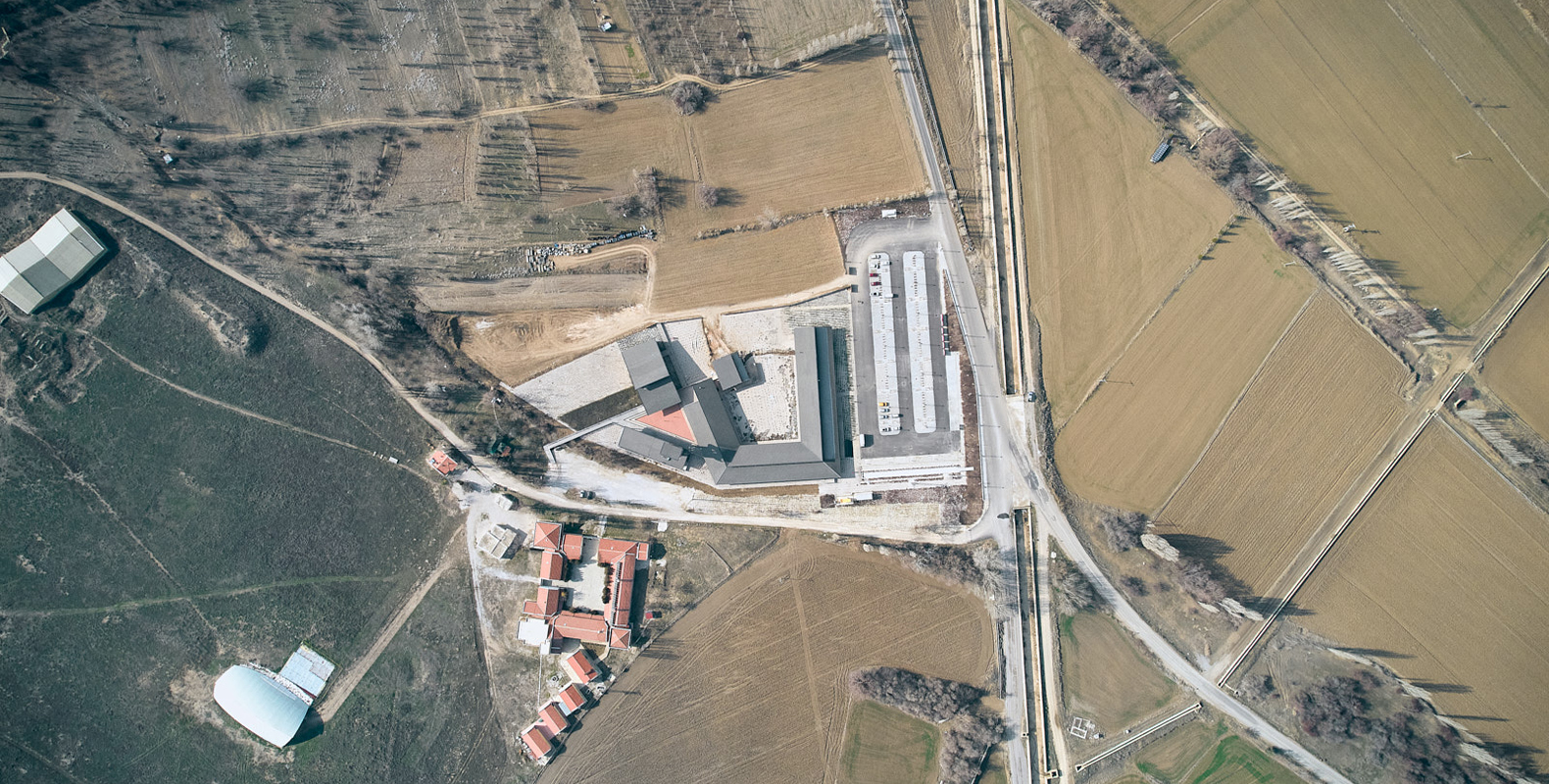
Kazı evi ile benzer şekilde parçalı yapıda olan ziyaretçi merkezi, U formundaki yerleşkenin hemen karşısında örgütleniyor; arkeolojik çalışmaların ilk başladığı tarihlerde faal olan, ancak bugün kurumuş bir dere yatağının diğer tarafında.
The visitor center which has a similar fragmented structure with excavation house is settled right across from U shaped settlement. It is on the other side of a stream bed that was alive when archaeological studies first began, but has dried up today.

Ziyaretçiler için bir giriş ve yürüyüş rotası tayin eden projenin, arkeolojik kalıntıları olduğu kadar arazideki mevcut yapıları, ana yaklaşım güzergahı olan araç yolunu ve zamanında höyüklere hayat veren dereyi birbirine bağlı organizmalar olarak kabul eden bütüncül bir yerleşim yaklaşımı var. Mekanlar bu prensip etrafında kurulurken, ana hedef ÇZM’nin sadece bir müze binası olarak değil, söz konusu ilişkileri örgütleyen bir omurga olarak çalışması.
Designating an entrance and walking route for visitors, the project has an integrative settlement approach. It takes the archaeological remains as well as the existing structures on the land, the main approach route and the stream that once gave life to the mounds, as interconnected organisms. While the spaces are established around this principle, the main goal is for ÇZM to work not only as a museum building, but as a backbone that organizes these relationships.
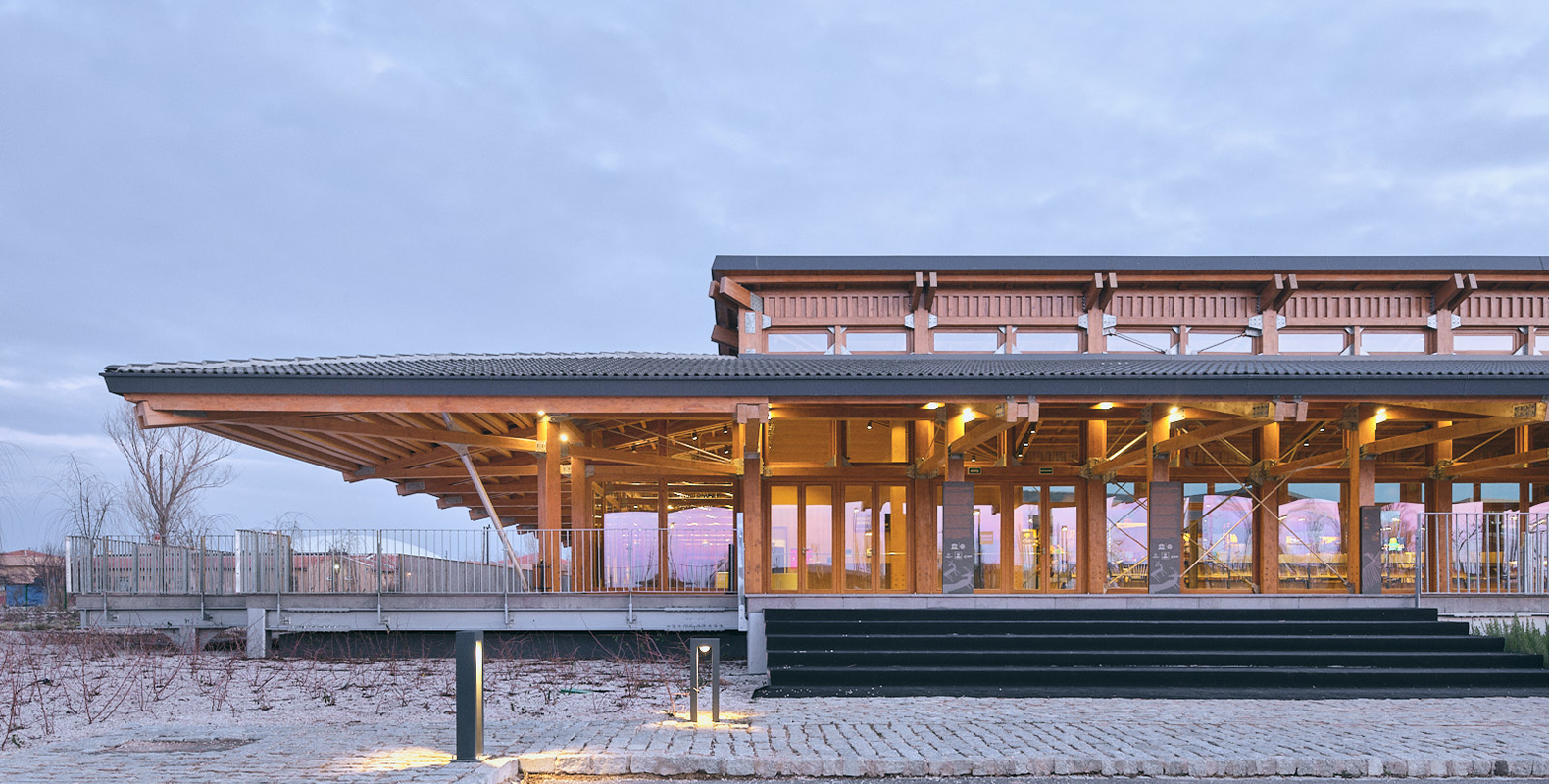
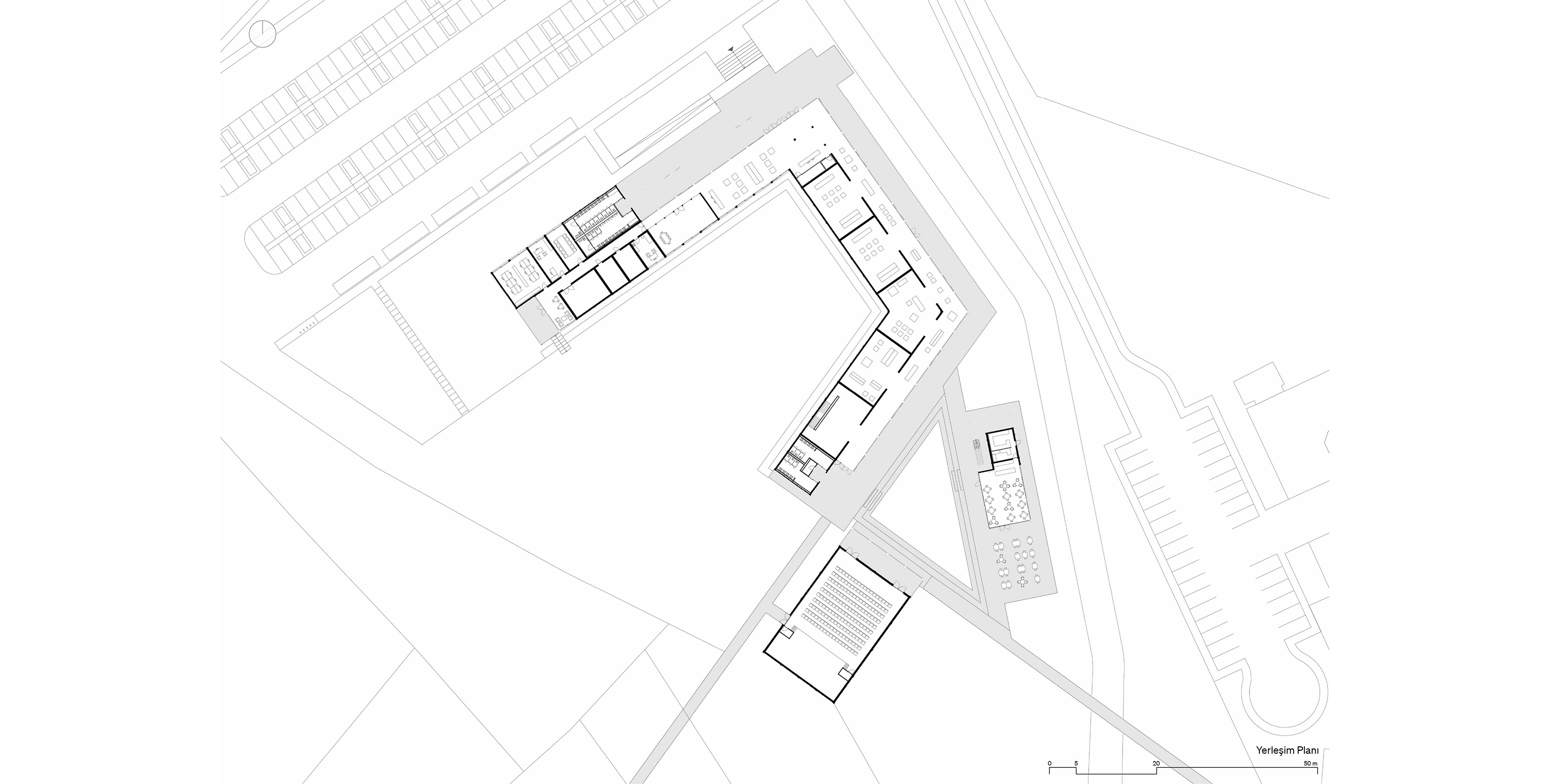
ÇZM, üçgen bir avlunun etrafında toplanan üç binadan müteşekkil. Ziyaretçileri karşılayan ve onları orta avluya taşıyan, U formundaki yapı, idari ofisleri, sergi alanlarını ve ilgili servisleri içeriyor. Sergi odası, sergi koridoru ve teras olmak üzere üç farklı mekan tipine sahip.
The ÇVC consists of three buildings clustered around a triangular courtyard. The U-shaped building, welcoming visitors and carrying them to the central courtyard, contains administrative offices, exhibition areas, and related services. It comprises three different types of spaces: exhibition rooms, exhibition corridors, and terraces.
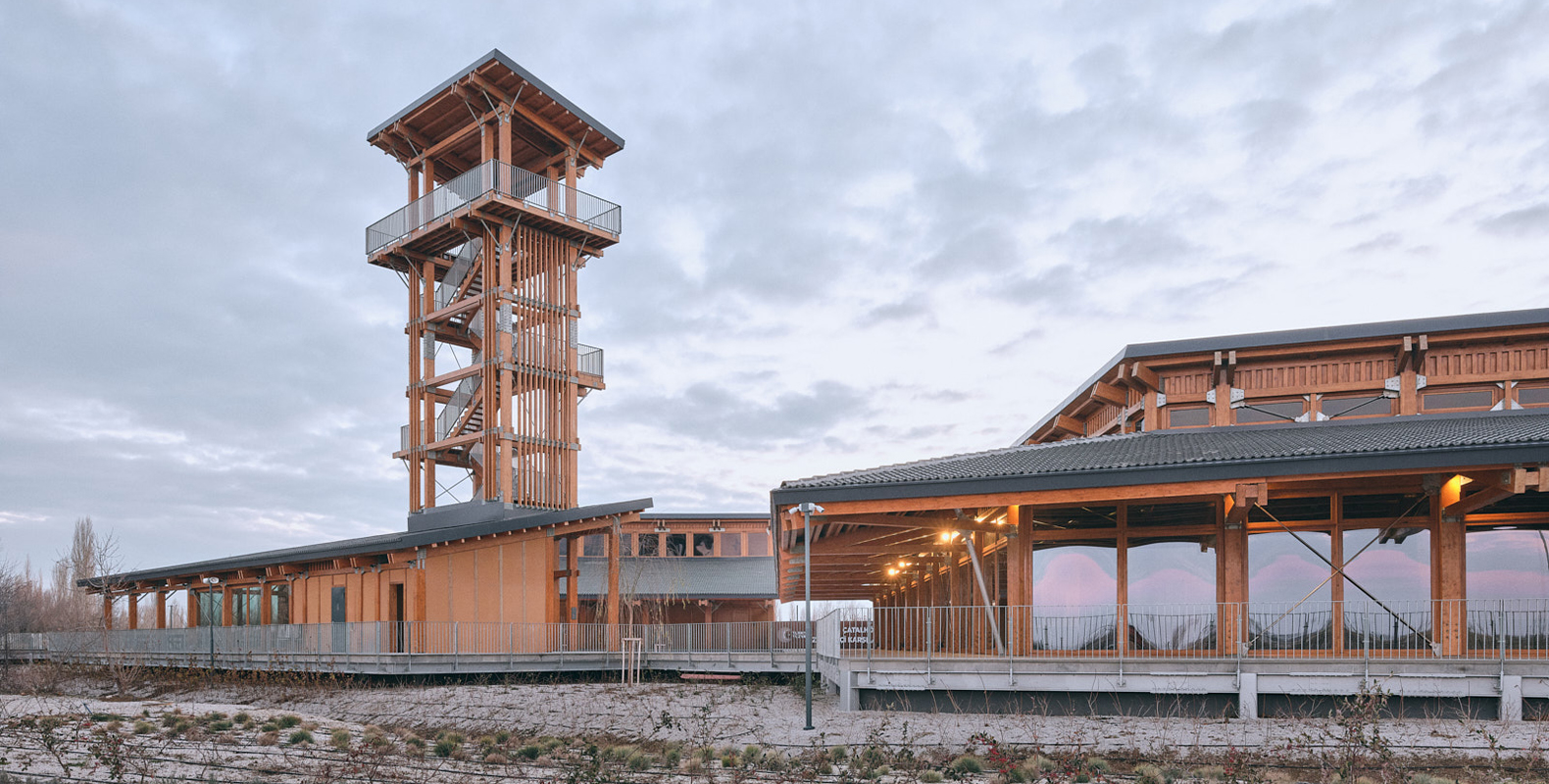

Bir diğeri, göz alabildiğine uzanan Anadolu peyzajı içinde Çatalhöyük’ü işaret eden ve ziyaretçilerin Konya ovasının geniş düzlüğünde yükselen iki höyüğü tepeden seyredebildiği 22 metre yüksekliğindeki ahşap kule ile terasına ayaklarını bastığı kafe. Avluya cephe veren üçüncü yapı, ulusal ve uluslararası konuşmalara, etkinliklere ve atölyelere ev sahipliği yapacak 100 kişilik çok amaçlı salon. Sürekli ve geçici kullanımlara imkan tanıyan kurgusu ÇZM’nin dinamik yapısına katkı sağlıyor.
Another building, a 22-meter-high wooden tower and its terrace, marks Çatalhöyük amidst the vast Anatolian landscape, allowing visitors to overlook the two mounds rising in the vast plain of the Konya. The third building facing the courtyard hosts a 100-person multipurpose hall for national and international speeches, events, and workshops. Its layout accommodating both permanent and temporary uses contributes to the dynamic structure of the ÇVC.



Binlerce yıllık tarihi ve barındırdığı kıymetli toprak altı varlıklarıyla Çatalhöyük arazisi yeni yapılar planlanırken hassasiyetle yaklaşılması gereken bir alan. Höyüklerin içinde tuttuğu 9000 yıllık kolektif hafızanın ve kültürel birikimin ağırlığına tezat oluşturacak şekilde, yere olabildiğince az temas eden, hafif ve mütevazı bir strüktür sistemi kuruluyor bu sebeple.
Çatalhöyük, with thousands of years of history and the valuable subsoil assets it contains, is an area that needs to be approached with sensitivity when it comes to the new developments. In contrast to the weight of the 9000-year-old collective memory and cultural accumulation held by the mounds, a light and modest structural system that contacts the ground as little as was preferred.
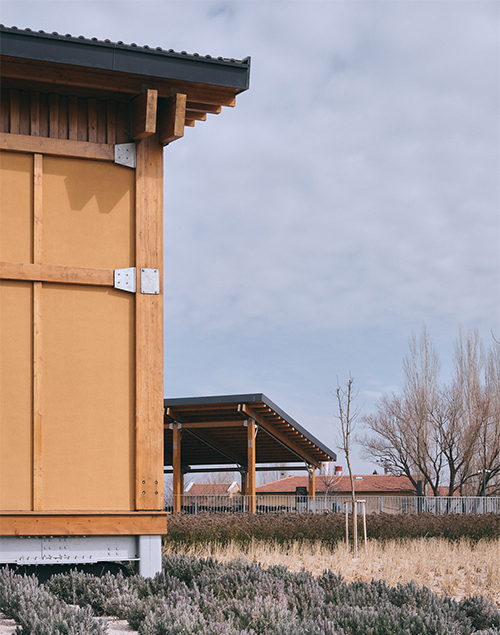




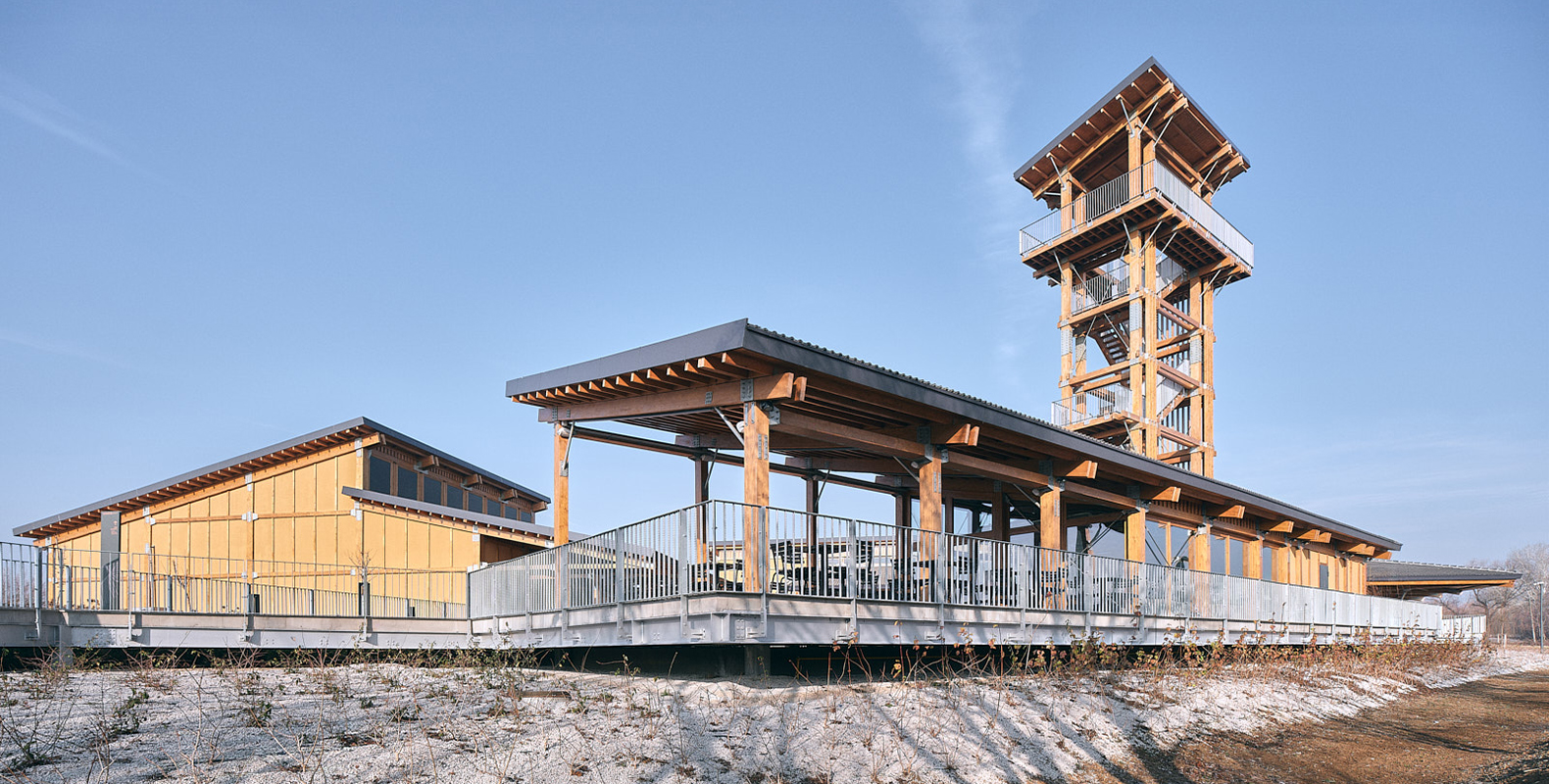

Yerel malzemenin ve en önemlisi antik kalıntıların kerpiç olduğu bir alanda, tercih edilen ahşap strüktür ve malzeme, mevcut olanla yarışmıyor, onu taklit etmiyor; aksine etrafıyla incelikli bir kontrast yaratıyor. Temel, tesisat, döşeme, duvar, çatı gibi yapı elemanlarından meydana gelen ana birim hem koruma prensibinin hem de tektonik kurgunun karşılığı.
In an area where local materials and most importantly ancient ruins are adobe, timber was preferred to not compete with the existing one or imitate it but to create a subtle contrast with the surroundings. The main unit, consisting of structural elements such as foundation, installation, flooring, walls and roof, is the counterpart of both the principle of protection and the tectonic setup.


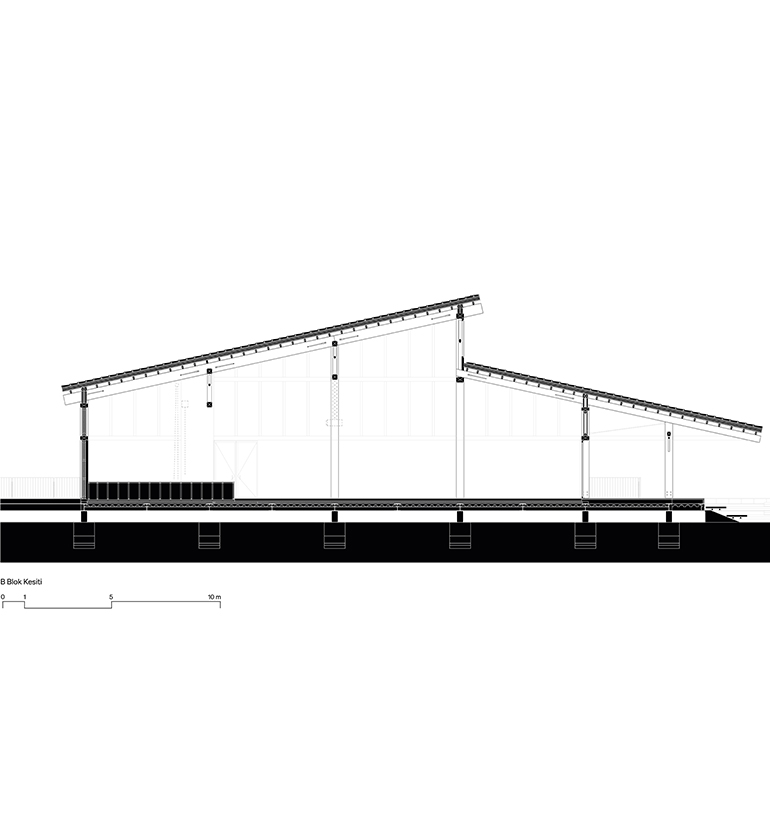
Bir köy yerleşimine öykünen merkezin artikülasyonu kapalı alanlar olduğu kadar açık alanlarla da tarif ediliyor. Terasların, bahçelerin, köprülerin ve orta avlunun, uçsuz bucaksız anadolu peyzajının sessizliği ve imgesi ile uyumlu bir yapısı var. Seçilen malzeme, doku ve bitkiler bunun bir uzantısı.
The articulation of the center, reminiscent of a village settlement, is described through both enclosed and open spaces. The terraces, gardens, bridges, and central courtyard have a structure that harmonizes with the vast silence and imagery of the Anatolian landscape. The selected materials, textures, and plants are an extension of this harmony.


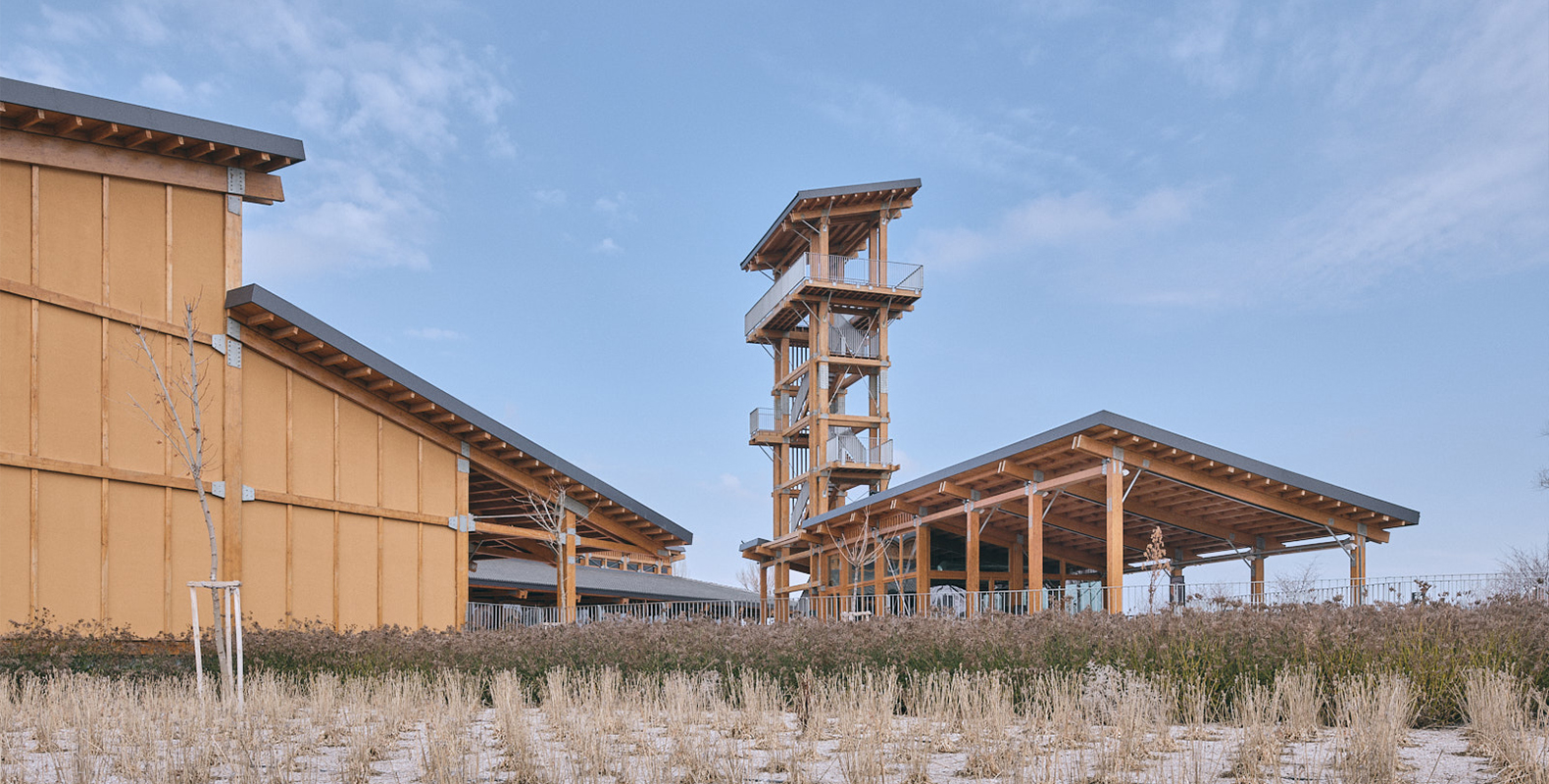

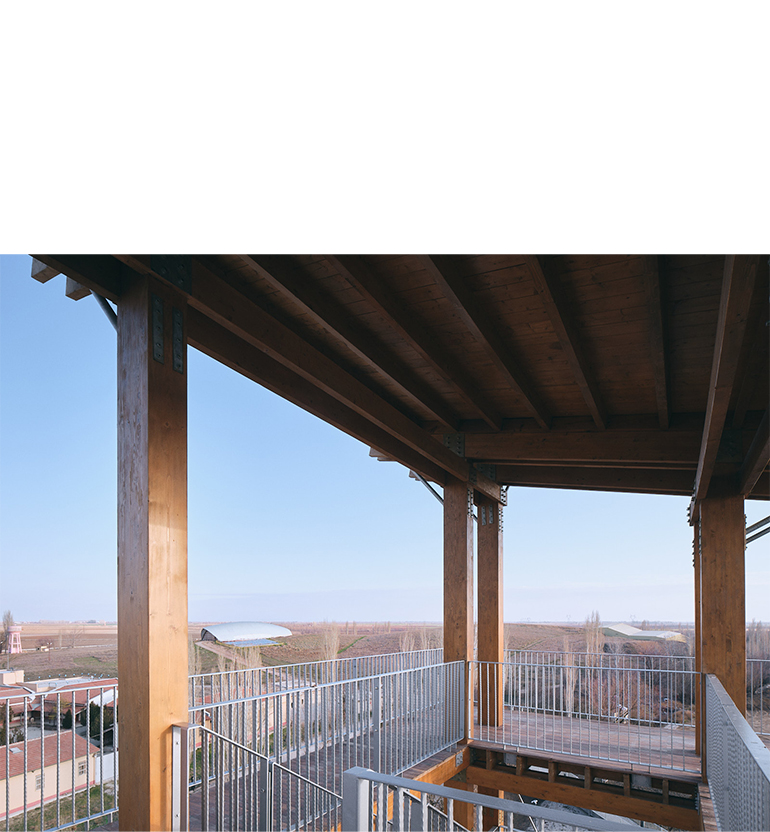
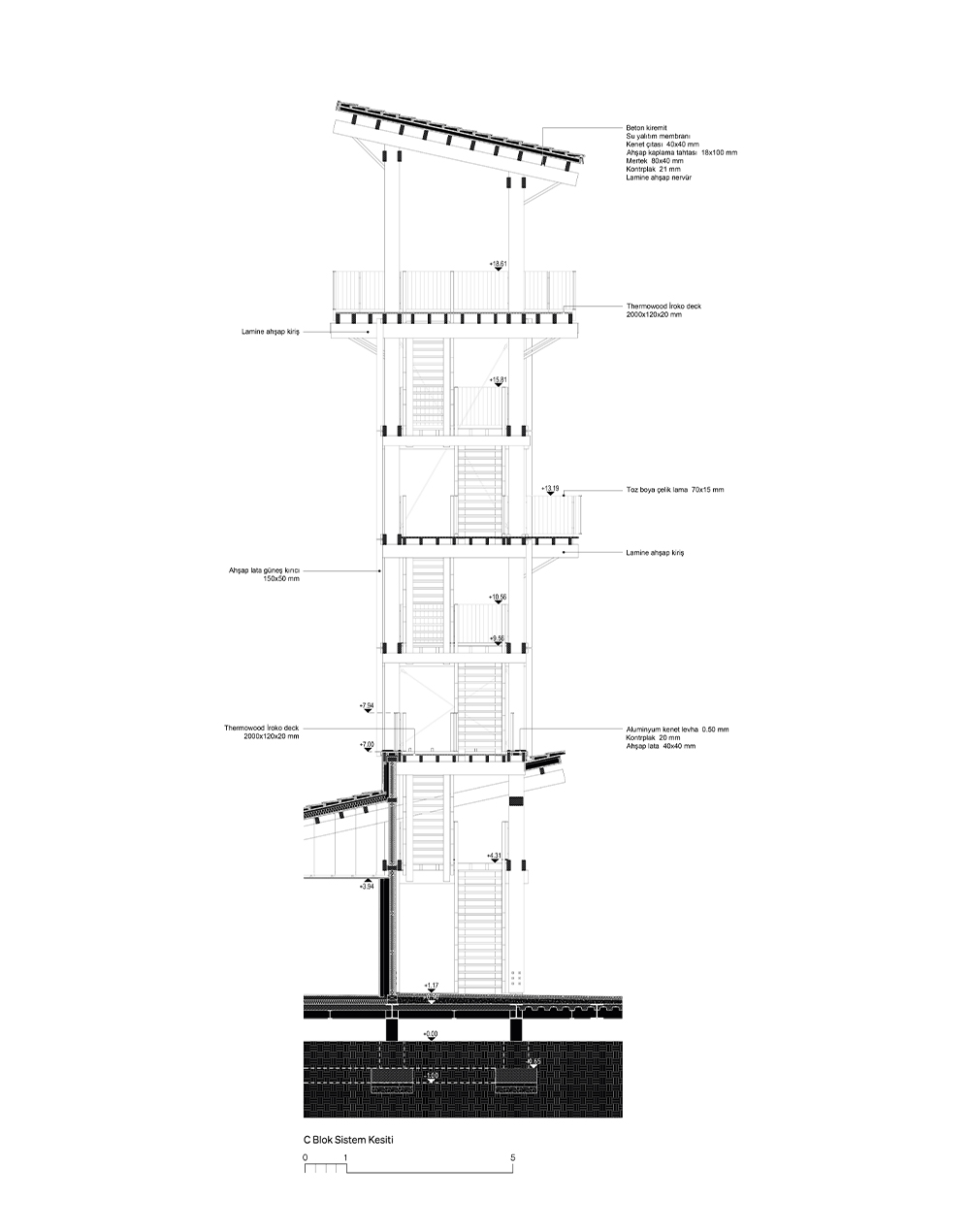
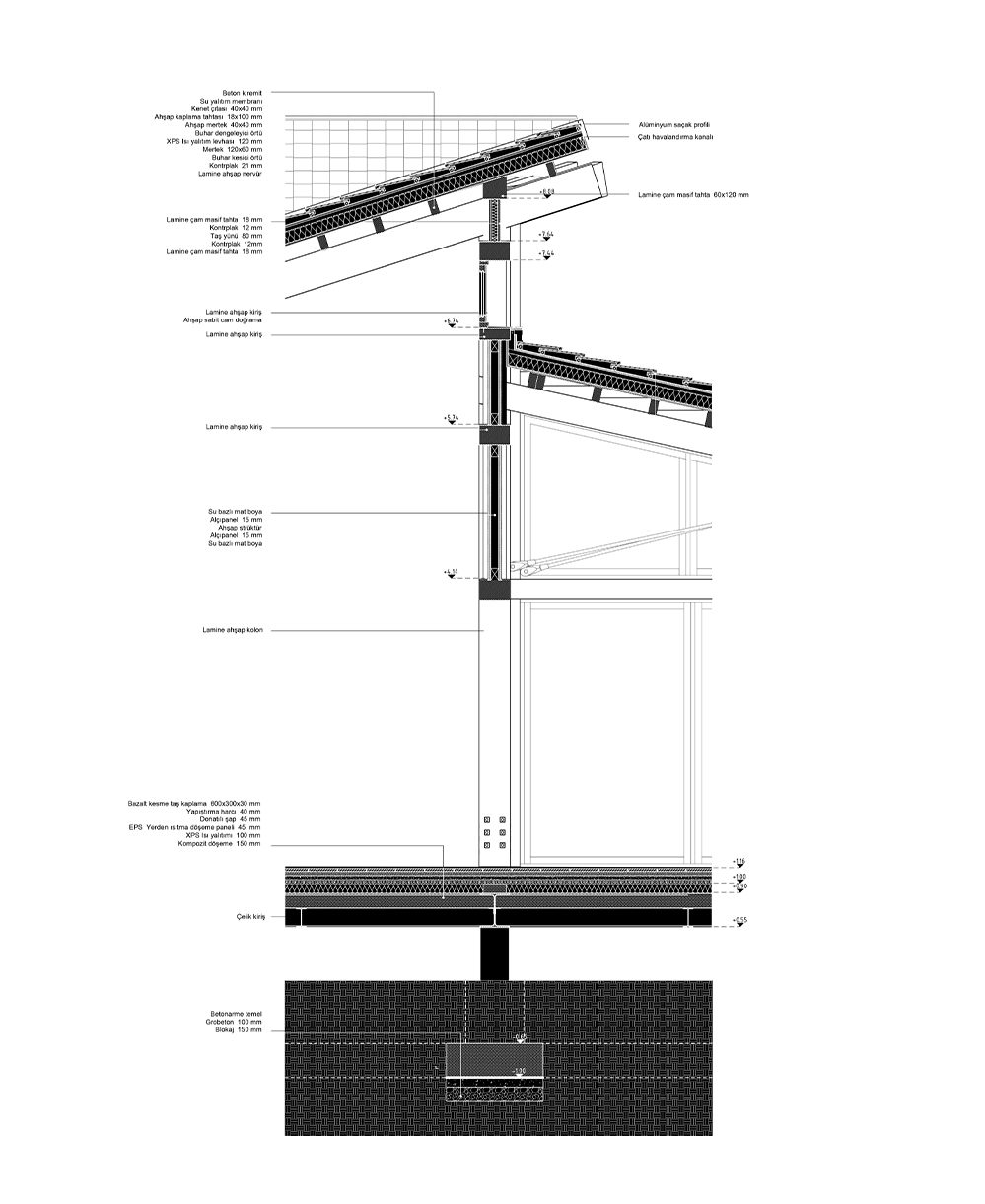




Merkezin üç ana kütlesini birbirine bağlayan ve ahşap saçakların altında devam eden teraslar, doğu ve batı höyüklerine ulaşan iki ayrı yaya köprüsüne dönüşüyor. Kuzeydeki yapılar bütünüyle güçlü bir giriş mekanı ve seyir terası teşkil eden ÇZM, güneyde geri çekilerek ziyaretçiler ve Çatalhöyük antik yapılaşması arasında incecik ve mütevazı bir ilişki kuruyor.
The terraces, which connect the three main masses and continue under the wooden eaves, turn into two separate pedestrian bridges reaching the eastern and western mounds. The structures to the north form a powerful entrance space and observation terrace, while withdrawing to the south establishes a delicate and modest relationship between visitors and the ancient structure of Çatalhöyük.
